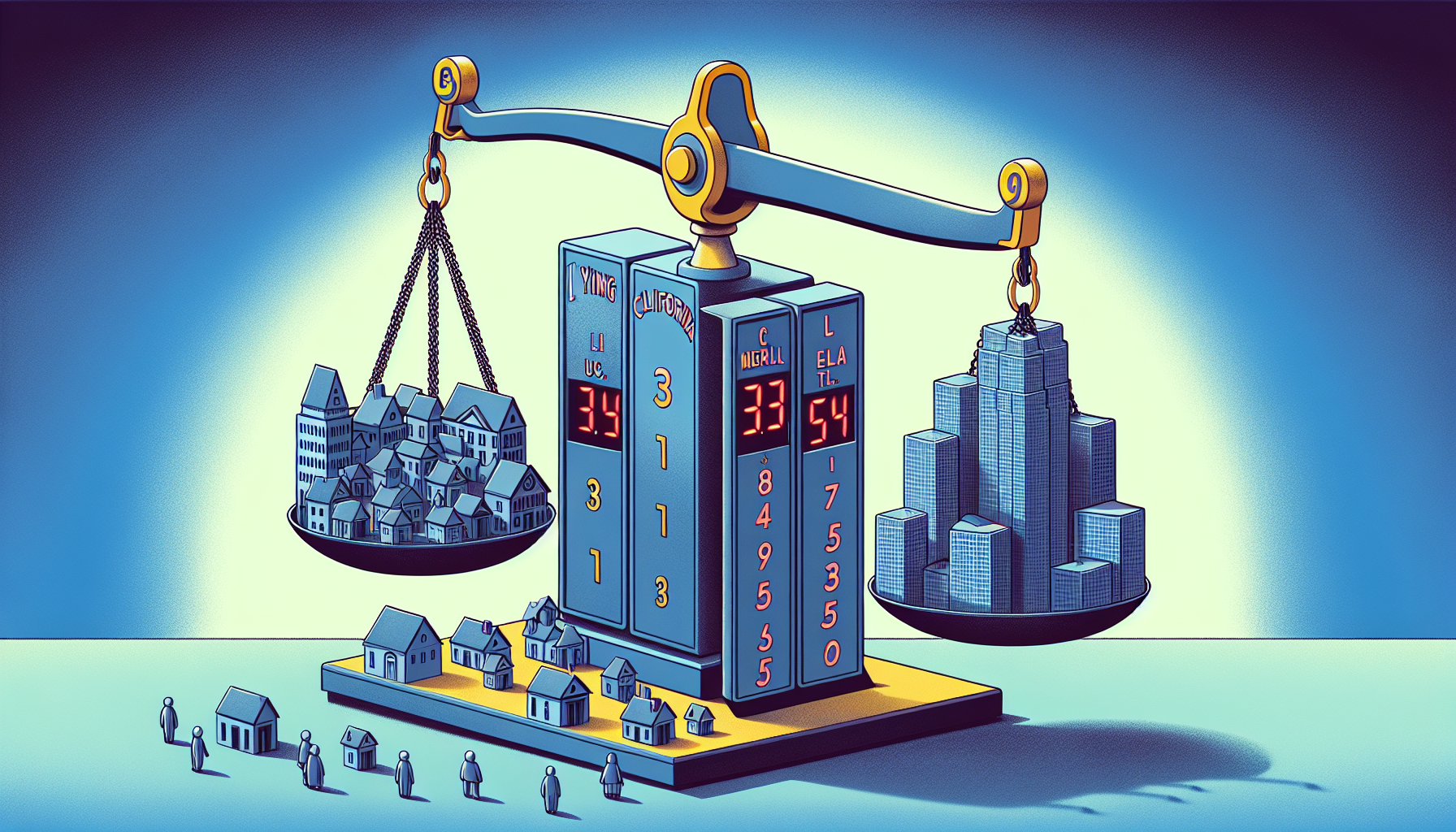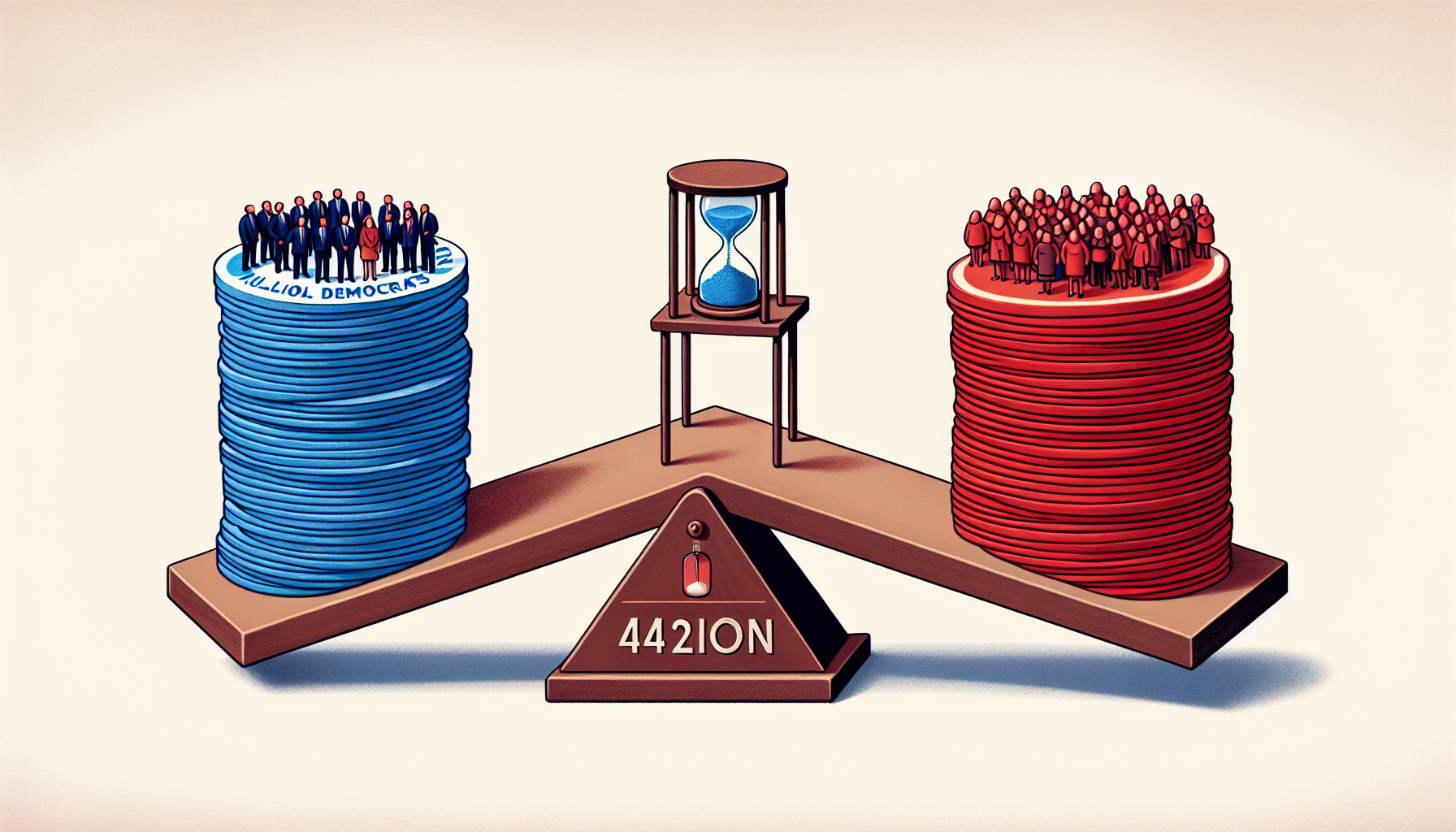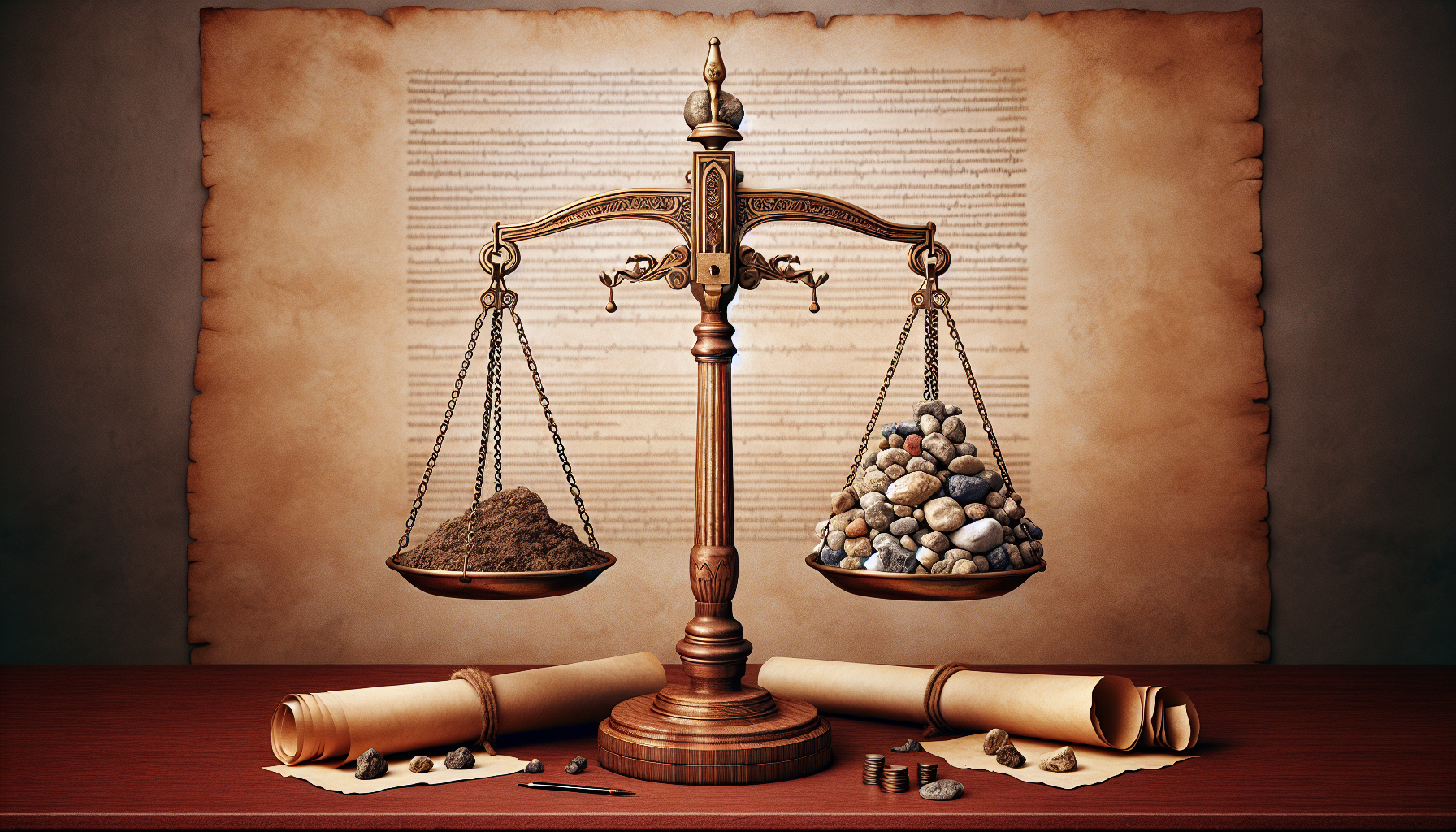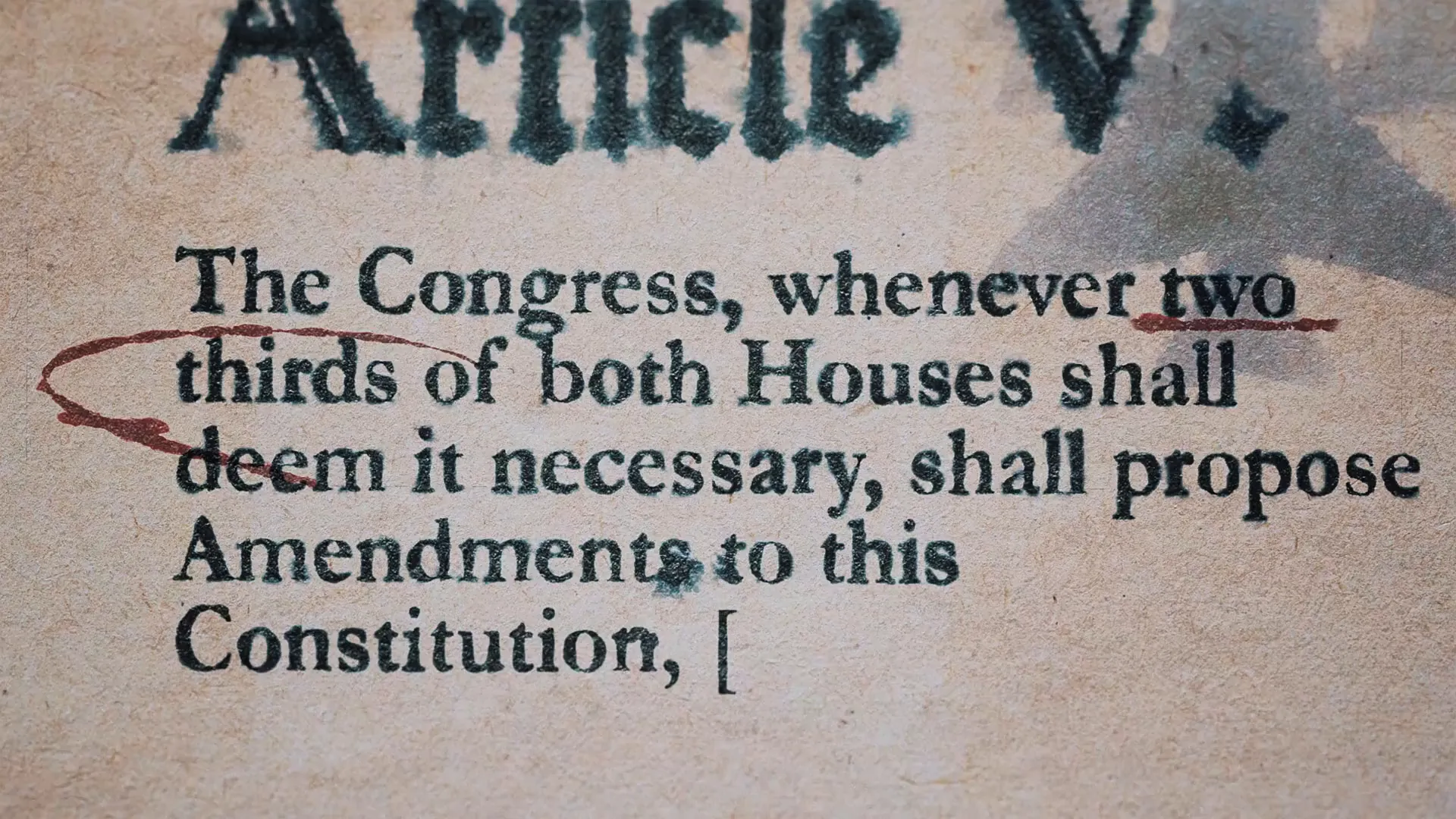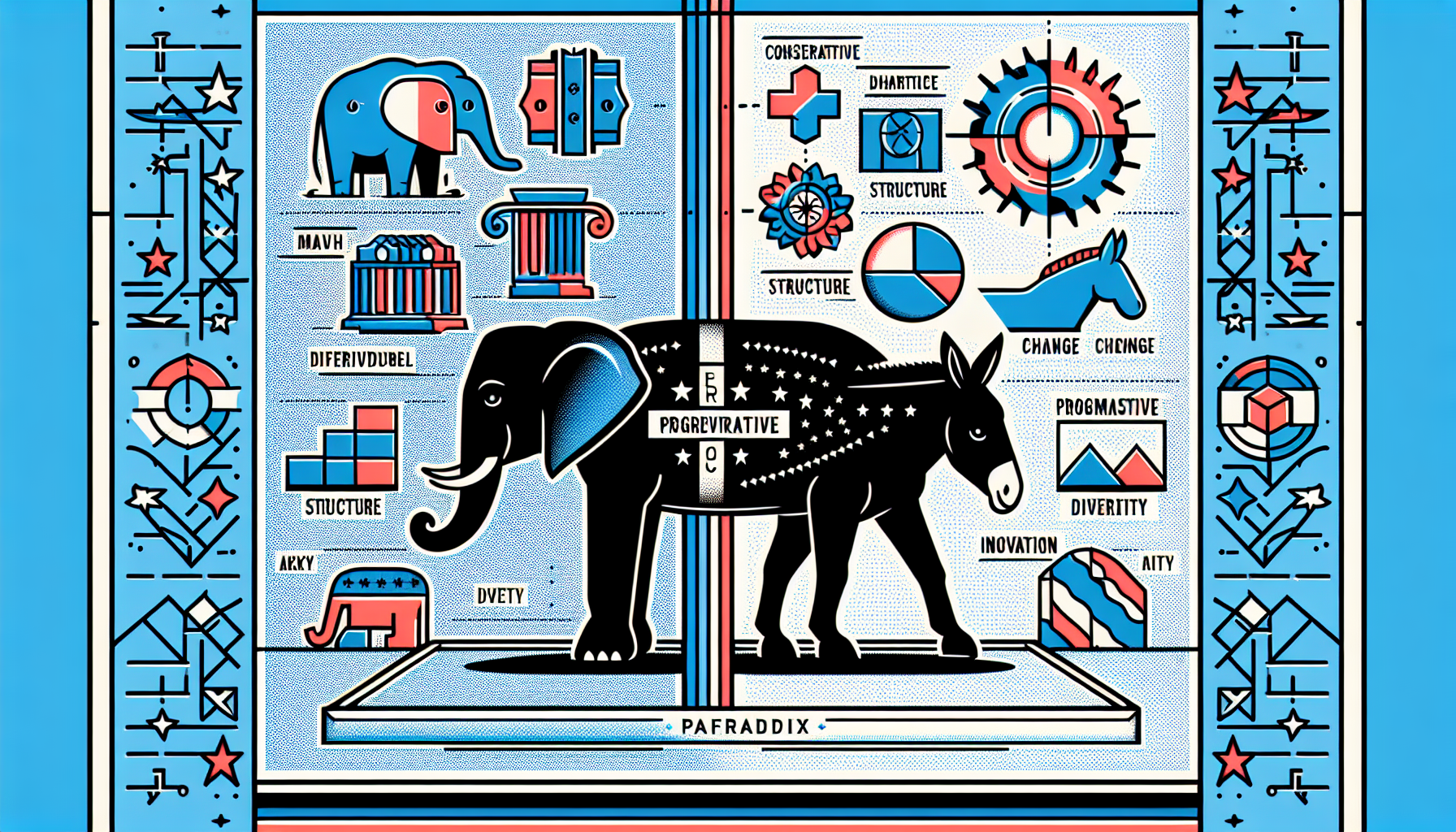Table of Contents
ToggleThe U.S. Constitution has governed the nation for over 200 years. Ironically, it is the flaws of the constitution itself that may lead to the downfall of America and possibly any democratic nation. This raises pressing questions about representation, fairness, and the future of governance in the United States.
The Crisis of U.S. Democracy
The United States is experiencing a profound crisis in its democracy. Trust in government has plummeted from 77% in 1964 to a mere 22% today. This dramatic decline raises critical questions about the functionality of the political system, with only 4% of Americans feeling it operates effectively.
The Economist Democracy Index now categorizes the U.S. as a flawed democracy, highlighting the growing discontent across the political spectrum.
Many voters, regardless of their party affiliation, are even contemplating a division of the country into red and blue states. This pervasive disillusionment points to deeper systemic issues rooted in the U.S. Constitution itself.
The Flaws of the Constitution
The Constitution, while historically significant, contains fundamental flaws that undermine democratic principles. These flaws manifest in various ways, from the electoral process to the structure of government institutions. Understanding these issues is crucial for anyone concerned about the future of American democracy.
Undemocratic Presidential Elections
One of the most glaring flaws in the U.S. Constitution is its electoral system, which can lead to the election of a candidate who does not win the popular vote.
The Constitution establishes the Electoral College, where a candidate must secure a majority of electors rather than the majority of votes. This system can result in a scenario where the candidate with fewer votes ascends to the presidency, effectively sidelining the principle of majority rule.
Historical examples illustrate this troubling trend. In both the 2000 and 2016 elections, candidates who lost the popular vote became president due to their success in securing electors.
In 2000, Al Gore received half a million more votes than George W. Bush, yet it was Bush who took the presidency. Similarly, Hillary Clinton won nearly 3 million more votes than Donald Trump in 2016, but Trump emerged victorious through the Electoral College.
The Disproportionate Influence of Smaller States
The Constitution’s design gives smaller states an outsized influence in presidential elections. For instance, Wyoming, with a population of around half a million, has three electors, making each vote there significantly more powerful than in larger states like California, which has 54 electors for nearly 40 million people.
This disparity results in a scenario where votes in smaller states carry more weight, effectively diluting the principle of equal representation.
The Undemocratic U.S. Senate
Another significant issue lies within the structure of the U.S. Senate. Each state, regardless of its population, is allotted two senators. This means that smaller states wield disproportionate power in the Senate compared to larger states. For instance, the population difference between California and Wyoming is staggering-68 to 1. Yet, both states have the same representation in the Senate.
This overrepresentation leads to imbalances in legislative power. During a recent session of Congress, the 50 Democratic senators represented 42 million voters, while their Republican counterparts represented far fewer. This disparity allows a minority to exert significant control over legislative processes, which is further exacerbated by procedural rules like the filibuster, enabling a small number of senators to block legislation.
The Filibuster’s Impact
The filibuster has become a tool for a minority of senators to halt legislation, allowing those representing less than 25% of the population to obstruct the legislative process. This procedural hurdle highlights the challenges in achieving democratic governance in the U.S. and raises important questions about the efficacy of the Senate as a representative body.
It’s Almost Impossible to Repair
The U.S. Constitution’s amendment process is another significant flaw. Article V mandates that amending the Constitution requires a supermajority: two-thirds of both houses of Congress and three-quarters of the states must approve any changes. This high threshold effectively makes substantial reform nearly impossible, even when there is overwhelming public support.
For example, despite 70% of Americans believing in stricter gun control laws, efforts to amend the Constitution to reflect this sentiment have failed, largely due to the Second Amendment’s broad interpretation. Similarly, there is widespread support for limiting the influence of money in politics, yet the First Amendment has been interpreted to protect campaign financing, further entrenching the current system.
Public Support vs. Legislative Action
The disconnect between public opinion and legislative action underscores the challenges of enacting meaningful reform. Even when a significant majority of Americans advocate for change, the Constitution’s rigid framework often stymies progress, leaving many feeling disenfranchised and powerless.
The Unchecked and Unbalanced Supreme Court
The Supreme Court’s power, particularly the lifetime tenure of justices, poses another critical flaw in the Constitution. Article III establishes that justices serve “during good behavior,” allowing them to remain on the bench for life. This arrangement was intended to ensure judicial independence, but it has led to a concentration of power in the hands of a few individuals for extended periods.
Over time, the Supreme Court has garnered the authority to interpret the Constitution and declare laws unconstitutional. This judicial power can overshadow the will of the electorate and their representatives, as seen in landmark cases like Bush v. Gore, where the Court effectively decided a presidential election, and Citizens United, which opened the floodgates for corporate spending in elections.
The Consequences of Lifetime Tenure
The average tenure of Supreme Court justices has increased significantly, with those appointed since 1970 serving an average of 27 years. This extended tenure raises concerns about accountability and responsiveness to contemporary societal values and challenges. As justices age, their perspectives may diverge from the evolving needs and beliefs of the American populace.
A Call for Change
These four interrelated flaws-undemocratic presidential elections, an unbalanced Senate, a rigid amendment process, and the unchecked power of the Supreme Court-collectively undermine the foundational principles of democracy. As constitutional scholar Erwin Chemerinsky asserts, the unique electoral processes and structures in the U.S. create a system where a minority can dominate governance.
The Importance of Trust in Government
Trust in government is essential for a functioning democracy. The declining trust among Americans signals a crisis that cannot be ignored. When citizens lose faith in their institutions, the very fabric of democracy begins to fray. To restore this trust, there must be a concerted effort to address the fundamental flaws within the Constitution and the political system.
Rebuilding trust will require transparency, accountability, and a willingness to engage with the public on critical issues. By fostering a more inclusive political environment, where every voice is heard and valued, the U.S. can begin to mend its democratic processes and restore faith in governance.
Electoral College: A System of Minority Rule
The Electoral College exemplifies a system that often prioritises minority rule over majority will. This mechanism allows for the election of a president who does not secure the majority of the popular vote, creating a disconnect between the electorate and the elected. The implications of this system are profound, as it can lead to the election of candidates who do not reflect the preferences of the majority of voters.
For instance, in the 2020 election, Joe Biden won decisively in terms of popular votes, yet the structure of the Electoral College meant that his victory was not guaranteed until he secured the necessary electors. This paradox raises questions about the legitimacy of the electoral process and its alignment with democratic principles.
The Impact on Voter Engagement
The existence of the Electoral College can also diminish voter engagement. When voters in heavily partisan states feel their votes are less significant-because they are likely to be overshadowed by the party majority-they may be less inclined to participate in elections. This phenomenon contributes to lower voter turnout, which further distorts the democratic process.
Senate Representation: A Disproportionate Influence
The structure of the U.S. Senate further complicates the principle of equal representation. Each state, regardless of population size, is allotted two senators, which skews the representation significantly. As a result, smaller states wield disproportionate power, allowing them to influence legislation in ways that do not reflect the overall demographics of the nation.
Consequences of Disproportionate Representation
This imbalance means that a small number of senators can effectively block legislation that may have widespread support among the general populace. For instance, during a recent session, the 50 Democratic senators represented over 42 million voters, while their Republican counterparts represented far fewer. This disparity allows a minority to dominate legislative outcomes, undermining the democratic process.
Amending the Constitution: A Nearly Impossible Task
The Constitution’s amendment process is one of its most significant flaws. Requiring a supermajority to make any changes, the process is so stringent that even popular reforms struggle to gain traction. This rigidity effectively prevents the Constitution from evolving alongside societal values and needs.
Public Sentiment vs. Legislative Action
Despite overwhelming public support for certain reforms-such as stricter gun control or campaign finance reform-efforts to amend the Constitution often falter. The Second and First Amendments are frequently cited as barriers to necessary changes, illustrating how the amendment process can stifle democratic progress.

Get Smarter on US News, History, and the Constitution
Join the thousands of fellow patriots who rely on our 5-minute newsletter to stay informed on the key events and trends that shaped our nation's past and continue to shape its present.
The Supreme Court’s Overreach: A Judicial Powerhouse
Another critical issue lies within the power of the Supreme Court. With justices serving lifetime appointments, the Court has amassed significant authority to interpret the Constitution. This power allows the Court to declare laws unconstitutional, often overriding the will of the electorate and their representatives.
Judicial Activism and Its Consequences
Landmark decisions have demonstrated the Court’s ability to shape policy in ways that reflect the justices’ interpretations rather than the public’s will. Cases such as Bush v. Gore and Citizens United have highlighted how judicial decisions can fundamentally alter the political landscape, often to the detriment of democratic representation.
Reflections on the Constitution’s Relevance Today
The U.S. Constitution, while historically significant, faces scrutiny regarding its relevance in contemporary society. As the world evolves, so too must the frameworks that govern it. The challenges posed by the current structure suggest that a reevaluation of the Constitution may be necessary to ensure it aligns with modern democratic values.
A Call for Constitutional Reevaluation
Many scholars and citizens alike argue for a constitutional reform that reflects the needs of a diverse and rapidly changing society. By addressing the foundational flaws within the Constitution, it may be possible to restore faith in the democratic process and enhance the representation of all citizens.




